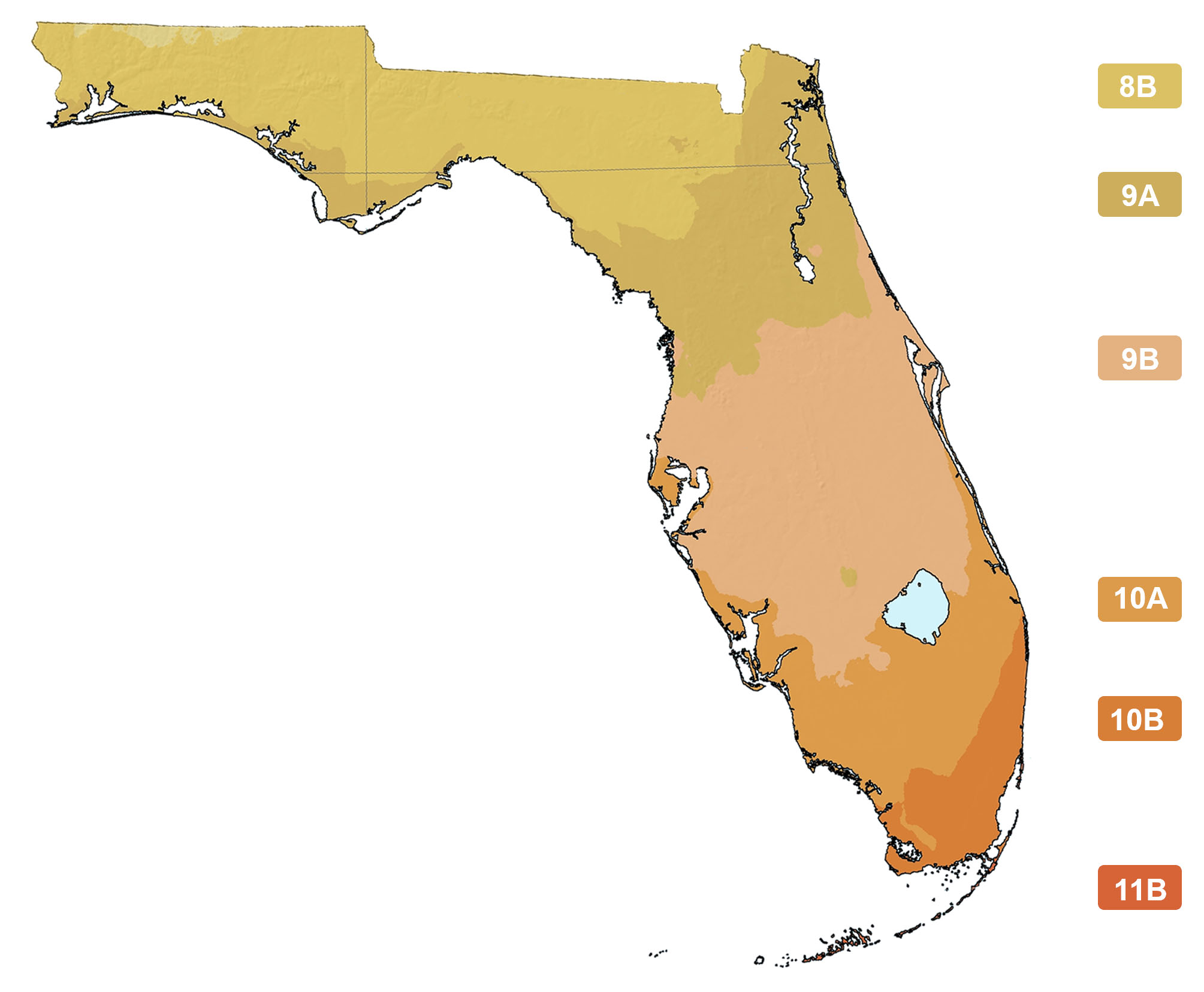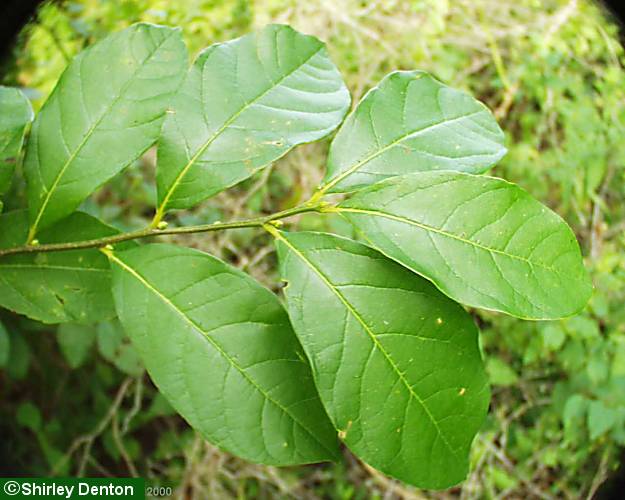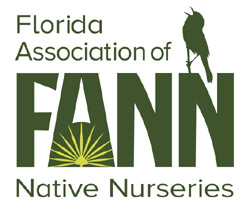Lindera benzoin
Photographs belong to the photographers who allow use for FNPS purposes only. Please contact the photographer for all other uses.
Spicebush
Lauraceae
Plant Specifics
| Form: | Shrub | |
| Size: | to 10 ft | |
| Life Span: | Long-lived perennial | |
| Flower Color: | Yellow | |
| Fruit Color: | Red | |
| Phenology: | Deciduous | |
| Noted for: | Aroma, fragrance, Showy fruits, Interesting foliage |
Landscaping
| Recommended Uses: | Naturalistic settings and informal wet hammock settings. | ||||||||||||||||||||||||||||||||||||||||||
| Considerations: | Like it's relative redbay(Persea borbonia), it's susceptible to attacks by the redbay ambrosia beetle, which spreads a deadly fungus called Laural Wilt. While we need to keep planting them for the butterflies, just be aware that you might lose it to this wilt. Maybe if we plant enough, that we'll find some that are resistant. | ||||||||||||||||||||||||||||||||||||||||||
| Propagation: | |||||||||||||||||||||||||||||||||||||||||||
| Availability: | Friends, Native nurseries, FNPS plant sales, Seed | ||||||||||||||||||||||||||||||||||||||||||
| Light: | Shade | ||||||||||||||||||||||||||||||||||||||||||
| Moisture Tolerance: |
always floodedextremely dry |
||||||||||||||||||||||||||||||||||||||||||
| (Usually moist, occasional inundation ----- to ----- Somewhat moist, no flooding) | |||||||||||||||||||||||||||||||||||||||||||
| Moisture Tolerance: | Usually moist, occasional inundation ----- to ----- Somewhat moist, no flooding | ||||||||||||||||||||||||||||||||||||||||||
| Salt Water Flooding Tolerance: | Not salt tolerant of inundation by salty or brackish water. | ||||||||||||||||||||||||||||||||||||||||||
| Salt Spray/ Salty Soil Tolerance: | Low/no tolerance of salty wind or direct salt spray | ||||||||||||||||||||||||||||||||||||||||||
| Soil or other substrate: | Organic material (muck), Sand | ||||||||||||||||||||||||||||||||||||||||||
| Soil pH: | Acidic | ||||||||||||||||||||||||||||||||||||||||||
Ecology
| Wildlife: |
Birds and mammals eat the fruits. | |
| Insects: |
| |
| Native Habitats: | Bluffs, floodplains, calcareous hammocks. Rare. |
Distribution and Planting Zones
Natural Range in Florida
USDA Zones
Suitable to grow in:
8A 8B 9A

USDA zones are based on minimum winter temperatures
Comments
| General Comments: | Spicy smell to crushed foliage. Florida is at the southern end of the range for this species, and the range is likely disjoint with the species occurring in areas where appropriate drainage conditions (seepy) are common. |



